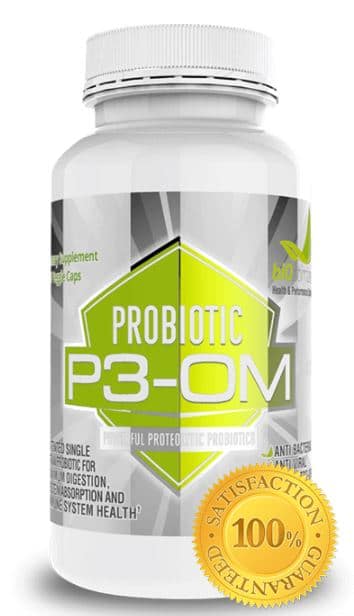The eyeball test
The next time you’re in the grocery store, head over to the produce department and find yourself a bag of whole carrots and place them next to a bag of baby carrots. Notice the difference in the color of these two items as the baby carrots are much brighter and more colorful than the whole carrots. Why is that? Baby carrots are soaked in chlorine to make them last longer. Think about it – if you cut open a carrot, it will eventually discolor, but baby carrots are just cut and “shaped” carrots, but they constantly look fresh. Bright orange. It’s a mirage.
Chlorine is in abundance in tap water and in our swimming pools, so it sounds fairly harmless. However, chlorine kills bacteria and doesn’t discriminate against good bacteria or bad bacteria so it can cause disruption to your gut flora. Chlorine has also been shown in several studies to increase the risk of cancer.
What’s fascinating about these carrot company’s use of chlorine, however, is that it’s not listed on the label. How can this be? If a food company is clearly using chlorine in their product, why isn’t it listed on the ingredients label they’re legally mandated to provide? The reason is because there’s a legal loophole that food manufacturers are happy to exploit. They’re using the ingredients in the process of making the product, so they don’t have to list them. This means that even though the carrots would test positively for chlorine, and even though there is definitely chlorine in the product, the package doesn’t have to mention the chlorine.
There are many websites on the internet claiming that this health tip is a “myth” and that carrots aren’t unsafe. Notice that in their explanation of it being a myth, they admit the carrots are soaked (for up to five minutes) in chlorine, they claim it’s a small concentration of chlorine (with no evidence), and their only defense is that it’s a routine practice with other fruits and vegetables. This is true, but with other fruits and vegetables, they’re whole and not cut first. By cutting and shaping the carrot first, they’re removing the protective outside of the carrot and the baby carrots are acting as a sponge in the five minute chlorine bath.
For a video showing how you can use carrots as a face mask to rejuvenate your skin, click here.
Sources: Koivusalo M, Pukkala E, Vartiainen T, Jaakkola JJ, Hakulinen T. Drinking water chlorination and cancer-a historical cohort study in Finland. Cancer causes & control: CCC. 1997;8(2):192–200. Doyle TJ, Zheng W, Cerhan JR, Hong CP, Sellers TA, Kushi LH, et al. The association of drinking water source and chlorination by-products with cancer incidence among postmenopausal women in Iowa: a prospective cohort study. American Journal of Public Health. 1997;87(7):1168–76.



